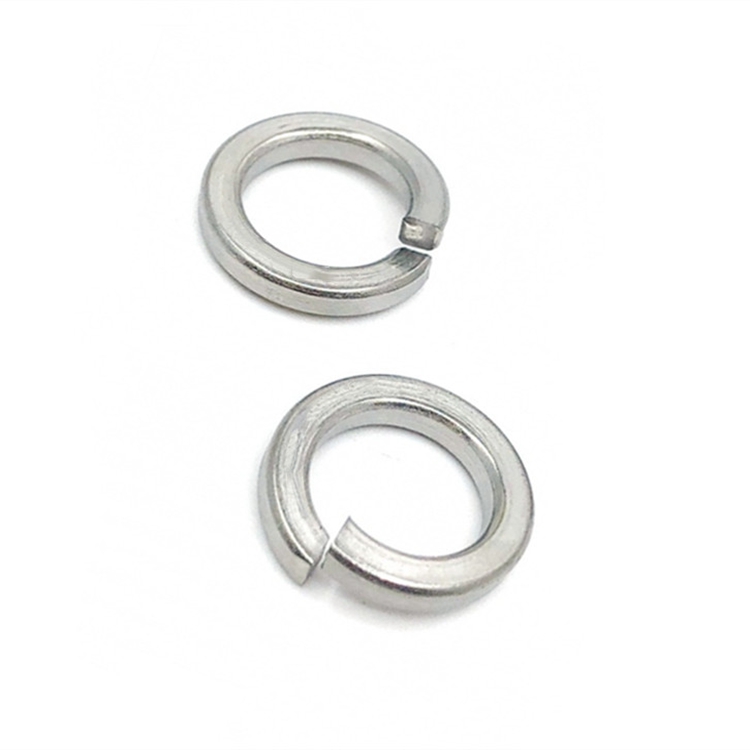Exporter of Lightweight Hex Nuts for Global Markets and Applications
Nov . 27, 2024 13:07 Back to list
Exporter of Lightweight Hex Nuts for Global Markets and Applications
Exporter Guide Thin Hex Nut
In the realm of fasteners, the thin hex nut stands out as a crucial component widely used in mechanical assemblies, construction, and manufacturing processes. This article delves into the characteristics, applications, and market dynamics of thin hex nuts, particularly focusing on the perspective of exporters looking to tap into this segment.
Understanding Thin Hex Nuts
Thin hex nuts are similar to standard hex nuts but have a reduced thickness. This characteristic allows for a lighter weight while still providing the necessary strength and grip. Thin hex nuts come in various sizes and materials, including steel, stainless steel, and nylon, making them versatile for different applications. Their hexagonal shape enables easy handling and tightening with standard tools like wrenches and sockets, ensuring their widespread usage.
Applications of Thin Hex Nuts
Thin hex nuts find applications across numerous industries. In the automotive sector, they are essential for securing components without adding significant weight. In electronics, they facilitate the assembly of devices where space is at a premium. Additionally, the construction industry uses these nuts for fastening metal structures, machinery, and fixtures, where lower profile fasteners are necessary to maintain aesthetic and functional design.
The electronics and telecommunications sectors have a growing demand for thin hex nuts due to the miniaturization of technology. As devices become more compact, the need for lightweight yet strong fasteners is on the rise. Moreover, industries focusing on renewable energy, such as wind and solar power, also incorporate thin hex nuts into their installations, presenting a lucrative market segment for exporters.
Market Dynamics
With the globalization of manufacturing and construction, the market for thin hex nuts has experienced significant growth. Exporters must stay informed about international standards and quality requirements that vary from region to region. For instance, materials must meet specifications such as ASTM standards in the U.S. or ISO standards globally. Understanding these regulations is crucial to successfully penetrating foreign markets.
Additionally, exporters should pay attention to the technological advancements in the manufacturing of fasteners. Innovations such as surface treatments for corrosion resistance and improved manufacturing processes can provide competitive advantages. Offering high-quality products that adhere to international standards can position an exporter favorably in the global market.
thin hex nut exporter

Strategies for Exporters
Successful exporting of thin hex nuts requires a clear strategy. Here are some actionable steps
1. Market Research Conduct thorough market research to identify key regions and industries with the highest demand for thin hex nuts. Understanding local regulations, customer preferences, and competitive landscapes will help tailor marketing efforts.
2. Quality Assurance Build a reputation for quality. Exporters should collaborate with reliable manufacturers who adhere to stringent quality control processes. Providing certifications and testing results can enhance trust among potential buyers.
3. Networking Engage in industry trade shows and exhibitions. Networking with potential clients and other industry players can lead to valuable partnerships. It also helps in brand visibility and understanding market trends.
4. Digital Presence Invest in a strong online presence. Create a professional website showcasing product range, specifications, and certifications. Utilize social media and online marketplaces to reach a broader audience.
5. Supply Chain Management Efficient logistics and timely delivery are paramount. Establish a robust supply chain that can handle international shipping while ensuring compliance with local import/export laws.
6. Customer Support Provide excellent customer service. Being responsive to inquiries and offering technical support can differentiate your business from competitors. Building long-term relationships with clients is crucial for sustained success.
Conclusion
The thin hex nut market presents a wealth of opportunities for exporters willing to navigate its complexities. By understanding the unique characteristics and applications of these fasteners, staying informed about market dynamics, and implementing effective strategies, exporters can carve out a significant presence in the global marketplace. As industries continue to seek lightweight, durable solutions, the demand for thin hex nuts is poised to grow, making this an exciting time for exporters to engage with this vital segment. Expanding horizons in global trade can yield substantial benefits, driving business growth and fostering innovation in the fastener industry.
Latest news
-
High-Quality Panel Stud Bolt Reliable Panel Stud Bolt Factory & Suppliers
NewsJul.08,2025
-
High-Precision Fine Thread Locknuts Manufacturer & Supplier Custom Solutions
NewsJul.08,2025
-
PH Imperial Stud Bolt – High Strength Fasteners from Leading Supplier & Factory
NewsJul.07,2025
-
High-Quality Allen Wrench Bolts Leading Factory, Company & Suppliers
NewsJul.07,2025
-
Wholesale Ball Stud Bolt - High Quality Supplier & Factory Price Reliable Wholesale Ball Stud Bolt Company
NewsJul.06,2025
-
High-Strength Alloy Bolts Manufacturer & Supplier Quality Alloy Fasteners Factory
NewsJul.06,2025
